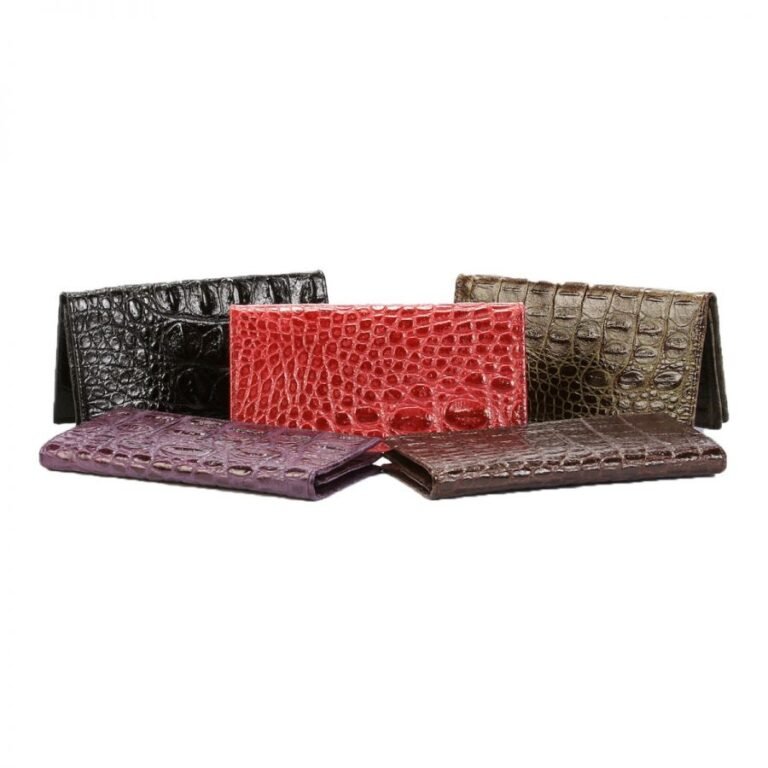Underfloor Heating UK A Modern Solution for Comfortable Homes
Underfloor heating is becoming increasingly popular in the UK, offering homeowners a modern solution for heating their homes efficiently and comfortably. This innovative heating system provides warmth from the floor upwards, creating a cosy environment without the need for bulky radiators or visible heating elements. In this article, we’ll explore the different types of underfloor heating systems, their benefits, installation process, maintenance tips, cost considerations, and more.
Types of Underfloor Heating Systems
Electric Underfloor Heating
Electric underfloor heating systems consist of heating cables or mats installed beneath the floor’s surface. These systems are suitable for both new constructions and retrofit projects, offering installation flexibility. Electric underfloor heating is controlled by thermostats, allowing homeowners to adjust the temperature of individual rooms for optimal comfort.
Water-Based Underfloor Heating
Water-based underfloor heating, also known as hydronic heating, uses pipes to circulate warm water beneath the floor. This system is typically connected to a boiler or heat pump, providing consistent and efficient heating throughout the home. Water-based underfloor heating is often favoured for its energy efficiency and compatibility with various floor coverings.
Benefits of Underfloor Heating
Underfloor heating offers several advantages over traditional heating systems:
Energy Efficiency
By distributing heat evenly across the floor surface, underfloor heating minimizes heat loss and reduces energy consumption. This can lead to lower utility bills and a more sustainable heating solution.
Comfort and Even Heat Distribution
Unlike conventional radiators that create hotspots and cold drafts, underfloor heating provides consistent warmth throughout the room. This eliminates temperature variations and ensures a comfortable living environment for occupants.
Space Saving and Aesthetic Appeal
With underfloor heating, there’s no need for bulky radiators or ductwork, freeing up valuable wall space and allowing for more flexible room layouts. Additionally, underfloor heating is invisible, preserving the aesthetic appeal of interior spaces.
Installation Process
Electric Underfloor Heating Installation
The installation of electric underfloor heating involves laying heating mats or cables on the subfloor and covering them with a layer of self-levelling screed or tile adhesive. A qualified electrician should perform the electrical connections and ensure the system is installed according to safety regulations.
Water-Based Underfloor Heating Installation
Installing water-based underfloor heating requires laying down a network of pipes within the floor structure. These pipes are connected to a manifold, which regulates the flow of hot water from the boiler or heat pump. Professional installers typically handle the installation process to ensure proper system functioning.
Maintenance and Care Tips
Underfloor heating systems require minimal maintenance, but regular upkeep is essential to ensure optimal performance:
Keep the floor surface clean and free from obstructions to facilitate heat transfer.
Check the thermostat settings periodically and adjust as needed to maintain comfort levels.
Schedule annual inspections by a qualified technician to identify any potential issues and ensure the system operates efficiently.
Cost Considerations
The cost of installing underfloor heating varies depending on factors such as the system type, property size, and installation complexity. While electric underfloor heating tends to have lower upfront costs, water-based systems may offer greater long-term savings due to their energy efficiency.
Environmental Impact
Underfloor heating systems can contribute to reducing carbon emissions and improving indoor air quality compared to traditional heating methods. By utilizing renewable energy sources such as solar power or heat pumps, homeowners can further minimize their environmental footprint.
Comparing Underfloor Heating to Traditional Heating Systems
When compared to conventional radiators or forced-air heating systems, underfloor heating offers several advantages, including superior comfort, energy efficiency, and space-saving design. While the initial investment may be higher, the long-term benefits justify the cost for many homeowners.
Common Misconceptions about Underfloor Heating
Despite its growing popularity, underfloor heating is often surrounded by misconceptions. Some common myths include concerns about installation complexity, compatibility with flooring types, and operating costs. In reality, modern underfloor heating systems are highly efficient, easy to install, and cost-effective to run.
Conclusion
Underfloor heating is a modern heating solution that offers numerous benefits for homeowners in the UK. From improved energy efficiency and comfort to space-saving design and minimal maintenance requirements, underfloor heating is a practical choice for modern living. By understanding the different types of systems available, their installation process, and maintenance considerations, homeowners can make informed decisions to create a cosy and sustainable home environment.
Frequently Asked Questions
How does underfloor heating work?
Underfloor heating works by radiating heat from the floor surface upwards, providing consistent warmth throughout the room.
Is underfloor heating suitable for all types of flooring?
Yes, underfloor heating is compatible with most types of flooring, including tile, wood, laminate, and carpet.
Can underfloor heating be installed in existing homes?
Yes, underfloor heating can be installed in existing homes with proper planning and professional installation.
Is underfloor heating expensive to run?
Underfloor heating can be cost-effective to run, especially when combined with energy-efficient heat sources such as heat pumps or solar panels.
What are the environmental benefits of underfloor heating?
Underfloor heating can help reduce carbon emissions and improve indoor air quality by utilizing renewable energy sources and minimizing heat loss.







